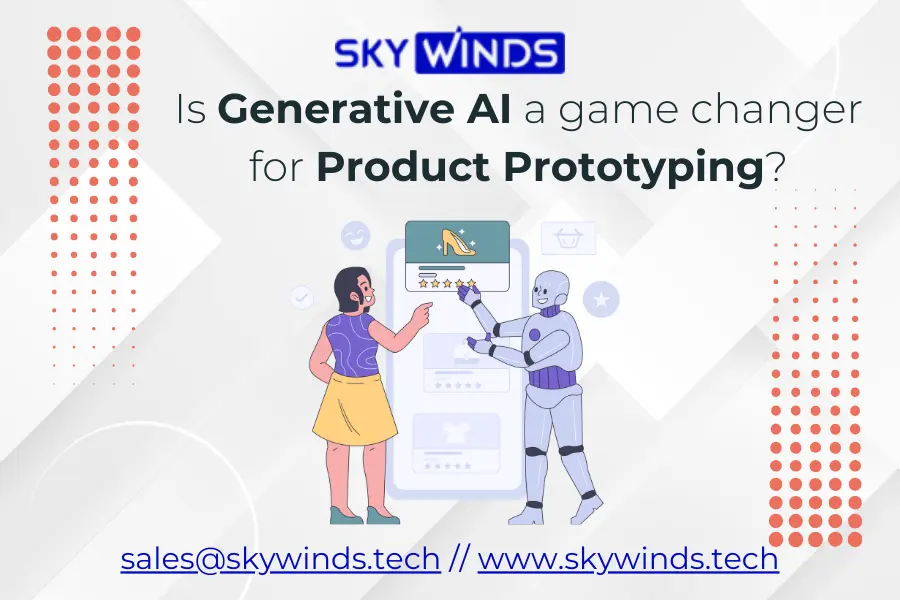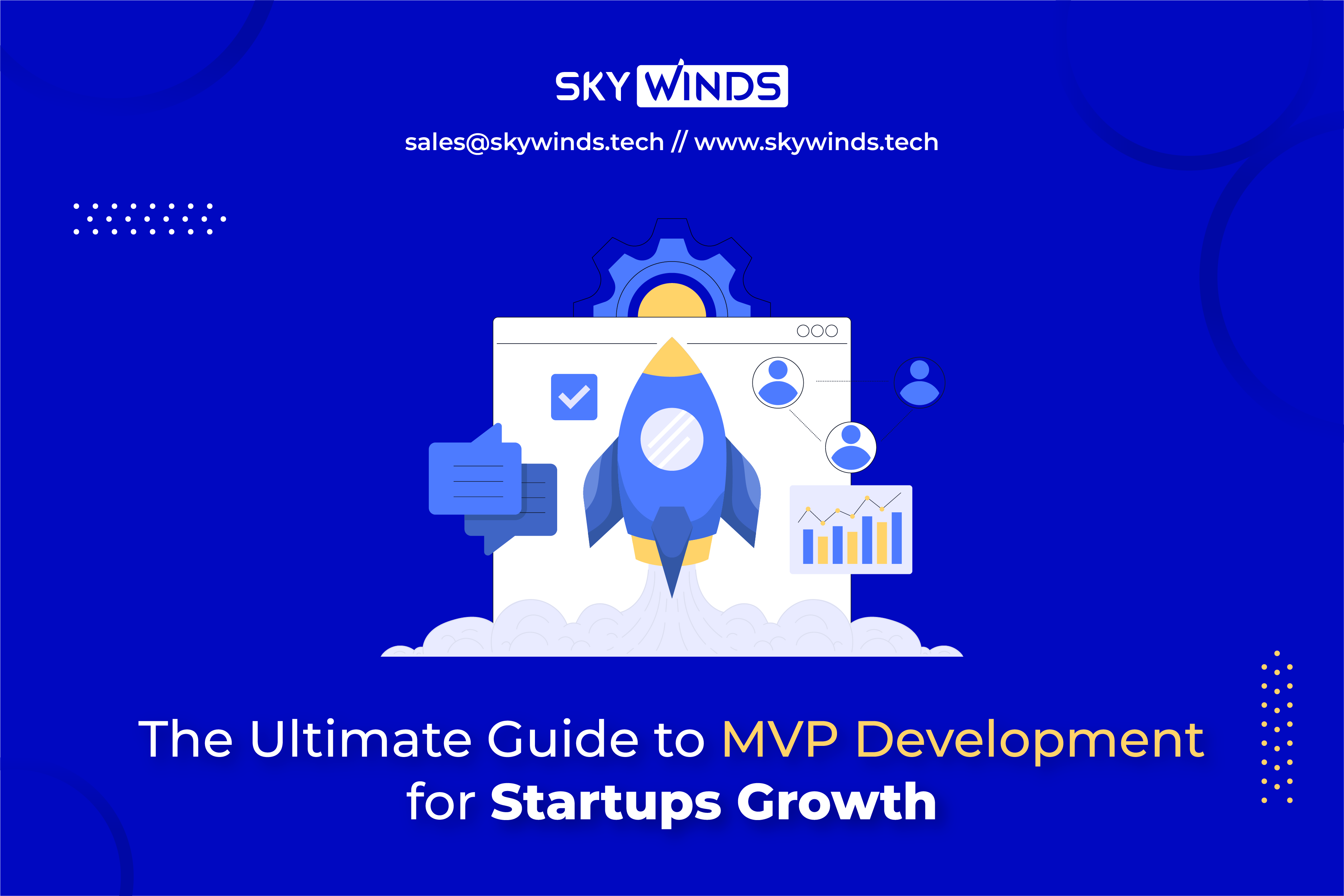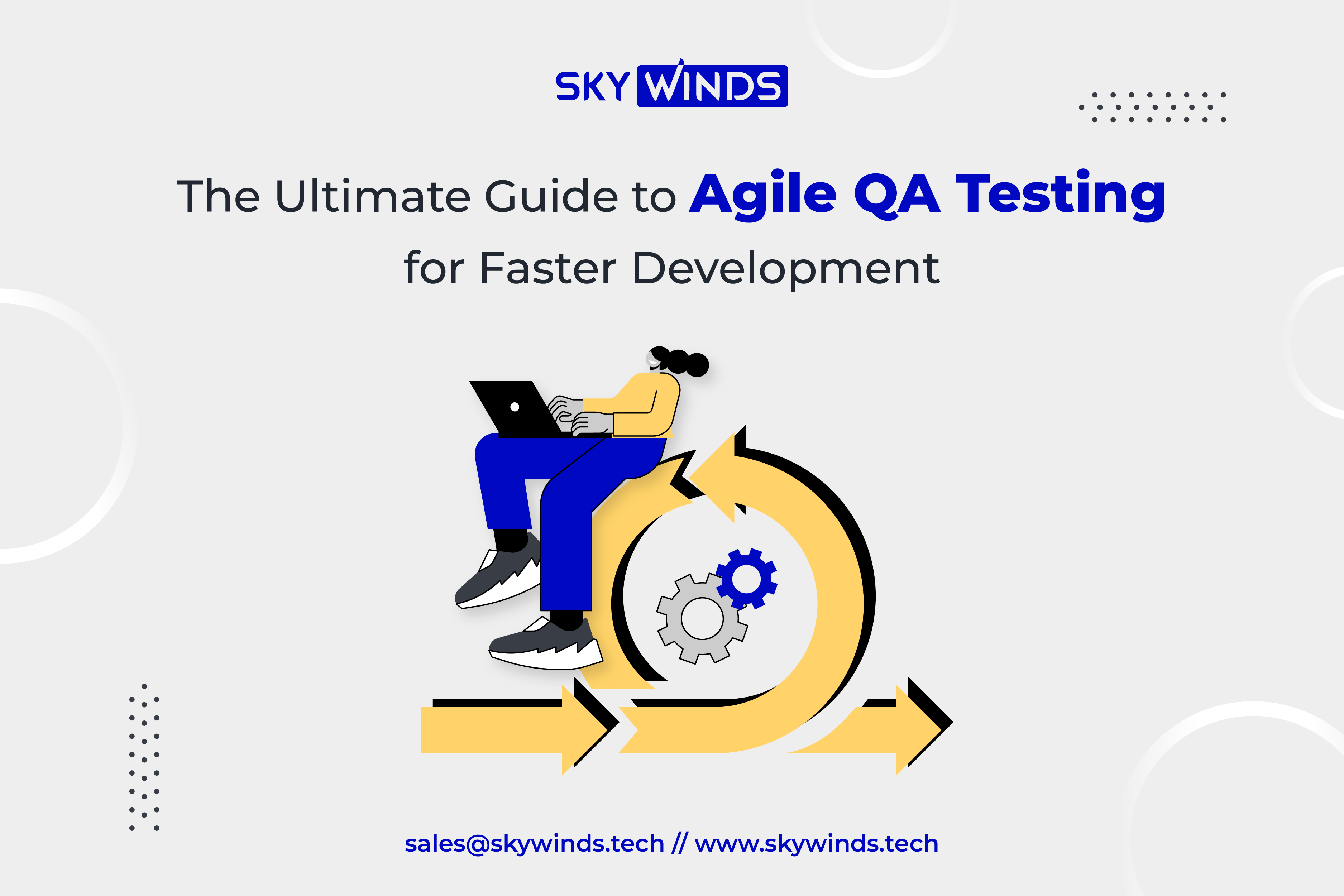In the recent SaaS marketplace, the realization of a vision is frequently deriving from Generative AI. Someone can have an idea for a product and the next thing that comes to mind is how Generative AI can help with that.
Technologies like this will help entrepreneurs who engage in service provision penetrate the market directly. It serves as a connection between an idea and its realization, streamlining the development process and facilitating the integration of innovative solutions. One of the best-emerging technologies is generative AI.
It is a specialized field of machine learning that utilizes neuron network algorithms among other sophisticated models to produce innovative and reliable content. It serves as a crossing point for an idea to be completely turned into a product and therefore the product is ready in no time and the room for applying a new idea is still there.
So it does, by checking both the idea and product hence pathing the way for a product in a fast way and giving room for the birth of new ideas.
These are some of those trained on a large variety of media including text, images, graphics, audio, and even cardboard, and using the teacher’s input, which also gives the result in different media. Embedding AI in product prototyping allows businesses to design processes better, iterate, and reduce time-to-market. Let’s analyze the ways through which Generative-AI is product prototyping and the qualitative information to use here:
Table of Contents
- Table of Content:
- 1. Generative AI in Product Design: A deal breaker
- 2. Upgrading the Ideation Phase with Generative AI
- 3. From Prototype to MVP through Generative AI
- Conclusion
- FAQs
- What does Generative AI in product prototyping mean?
- What are the benefits of Generative AI in SaaS and product prototyping?
- Can Generative AI perform tasks above the ideation phase?
- What makes Generative AI a killer for product prototyping within SaaS and Tech?
- How do companies leverage Generative AI in the design workflow?
Table of Content:
1. Generative AI in Product Design: A deal breaker
In the past, product design was something that relied a lot on human work, and due to this fact, the whole process of converting ideas into actual products often included mistakes and, what’s more, required a lot of time. However, these problems have been taken care of through AI technology that deep learning neural network models are driving.
These models take the designer’s requirements as input and generate a virtual model within seconds, precisely matching user specifications. The advantage is not just in quicker design generation. Accordingly, it also opens the door for designers to creative solutions they might not have thought of. A SaaS company can use GENERATIVE-AI to produce a user interface that allows developers and designers to invest their time in the continuous refinement of prototypes instead of creating them from the beginning. The fact is, GENERATIVE-AI has already come up with a range of designs, colour schemes, and distinctive elements that make the user interface better.
2. Upgrading the Ideation Phase with Generative AI
Previously the product design was extremely labor-intensive, and the sketching process was held up due to the many mistakes committed and above all, it was consuming so much time. Nevertheless, to solve this problem, we have Generative-AI, which offers the latest machine learning models to create designs, it takes the basic design parameters and generates multiple prototypes in a matter of minutes according to the requirements of the users. Time spent on this one is a crucial victory as it helps designers visualize solutions that may have seemed impossible to them before.
Ideation refers to the process of developing an idea from conception to implementation, and one of the key benefits of utilizing Generative-AI for product prototyping is its influence on the speed of the ideation process. AI-powered tools for product ideation can analyze a vast database, derive learning from the past of companies and recommend the most novel ideas based on the conditions that have been given.
Hence, for the product manager and tech team, it is a chance to make my ideas visualized and implemented in no time and manipulate the whole product development cycle easily. For example, a SaaS platform offering business management services that use Generative-AI will not only shorten the time of initial research and development but also create a go-to basis for faster iterations and feedback loops. Meanwhile, the developers will mainly focus on only providing high-level requirements such as user flow and feature specifications.
3. From Prototype to MVP through Generative AI
From a prototype to the stage of the MVP (Minimum Viable Product), the transition or evolution takes a long time mainly because some several designs and codes need to be made and tested. Thanks to Generative AI Development Tools, some of the coding activities could be automated, and dummy models can be converted into prototyping models.
In this way, technological teams are less cautious and can put their hypotheses to the test during actual usage and evaluation of the product. In addition, Generative-AI can also improve coding suggest performance and identify trouble spots in the early development phases. That way, manual debugging and quality assurance are diminished in extent thereby increasing speed in MVP development. This is important for SaaS companies that require a change in direction or growth within a short time.
Conclusion
The AI toolkits allow for the reconfiguration of product design in novel ways that expand the appropriation of artificial intelligence and simulation to name a few. Thus, none of these tools are for start-ups and technologies. Organizations can explore new realms of efficiency and productivity by employing AI-assisted product ideation and implementation within the development process.



